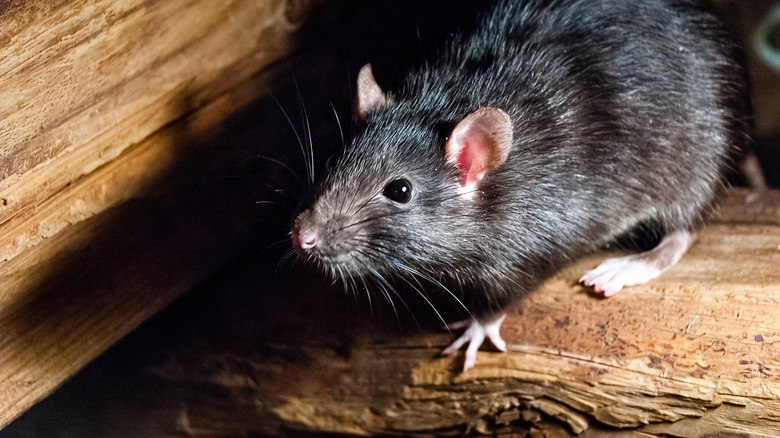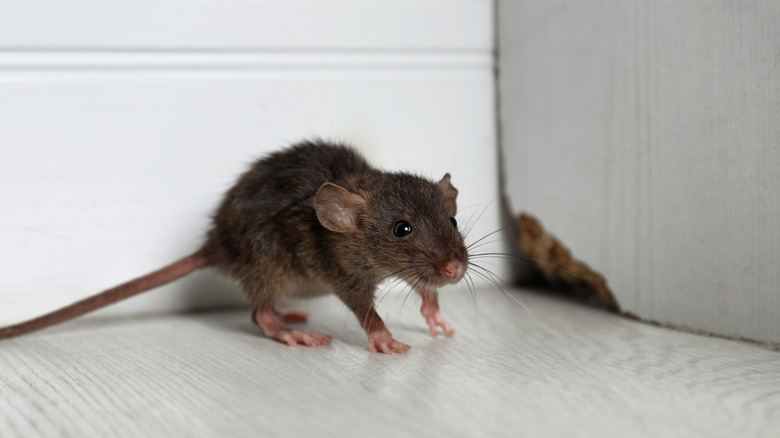Using Cocoa Powder To Get Rid Of Mice: Miracle Solution Or Avoid At All Costs?
Dealing with a mouse infestation can often lead you down a rabbit hole of household remedies and DIY solutions. Among these, you may have encountered the suggestion to use cocoa powder with plaster of Paris as a means to control these pesky rodents. This idea particularly gains traction over chemical methods, with many preferring natural ingredients for their perceived safety and ease. But how effective is this combo, really, to get rid of mice? Well, scientific research supporting the formula is limited. However, anecdotal evidence indicates it to be effective.
The role of cocoa powder in this concoction is primarily to attract mice with its enticing aroma. However, other ingredients can play a similar role; some sites suggest using peanut butter. The active ingredient in this mixture is the plaster of Paris. This substance, a form of gypsum plaster, is well known for its hardening qualities. The real effect comes into play once the mice consume the mixture, leading to consequences such as dehydration and suffocation from the plaster. That being said, before you start mixing up this formula, there's no guarantee it will work, since discussions on some forums suggest that the mice don't always eat enough. Furthermore, it's important to understand the mice's specific routes and preferred hiding places to ensure the treatment is effective. It's also vital to assess if this is the right solution, since some professionals advise against making this kind of poison, or others, in part due to the fact that they may not be as humane.
Understanding mice: habits and deterrence strategies
Mice are notorious for their ability to sneak into homes through the smallest of openings. These agile creatures can squeeze through gaps as small as a dime, making virtually any household vulnerable to their intrusion. They are attracted to warm, secluded areas, often nesting in wall voids, cluttered garages, or attic spaces. They are especially active at night, scavenging for food and materials for their nests.
If you're planning to use plaster of Paris and cocoa powder on them, caution is needed. Making it is simple — just blend a tablespoon of the cocoa powder with the plaster of Paris. The key to using the mixture effectively lies in its placement. Being creatures of habit, mice tend to follow specific routes within your home. These paths are often along walls, behind appliances, and inside cabinets — places that are typically out of plain sight. To maximize the impact of this mixture, you should strategically place it along these frequented paths. Corners of rooms, near doorways, and close to potential entry points are also prime locations. The idea is to put the mixture where mice are most likely to come across it during their nightly forays for food and nesting materials. When using this mixture, it's also wise to consider safety, especially if you have pets or children in the house. Ensure that it's placed in spots that are inaccessible to non-target animals.
Alternative mouse control methods
When tackling a mouse problem, using cocoa powder and plaster of Paris is just one option. Since its humaneness is questionable, you might want to look into other mouse control methods. Remember, no single method is a silver bullet, and a multi-faceted approach is often the most effective. First things first – seal up your home. You'd be surprised at how small a gap a mouse can squeeze through. Take a good look around your home, especially where pipes and cables enter, and seal any openings you find. You can use materials like steel wool or caulk for this.
Also, remember that, like all creatures, mice are attracted to food, so you want to make sure there are no open invitations in the form of crumbs or food scraps lying around. Keep your kitchen clean, store food in airtight containers, and get rid of garbage regularly. And don't forget to declutter. Less clutter means fewer hiding places for mice to set up home.
Sometimes, the severity of a mouse infestation might require more than DIY solutions. In such cases, contacting pest control experts is advisable. These professionals can offer more comprehensive and safer solutions, especially in situations where the infestation is extensive or poses a significant health risk.


